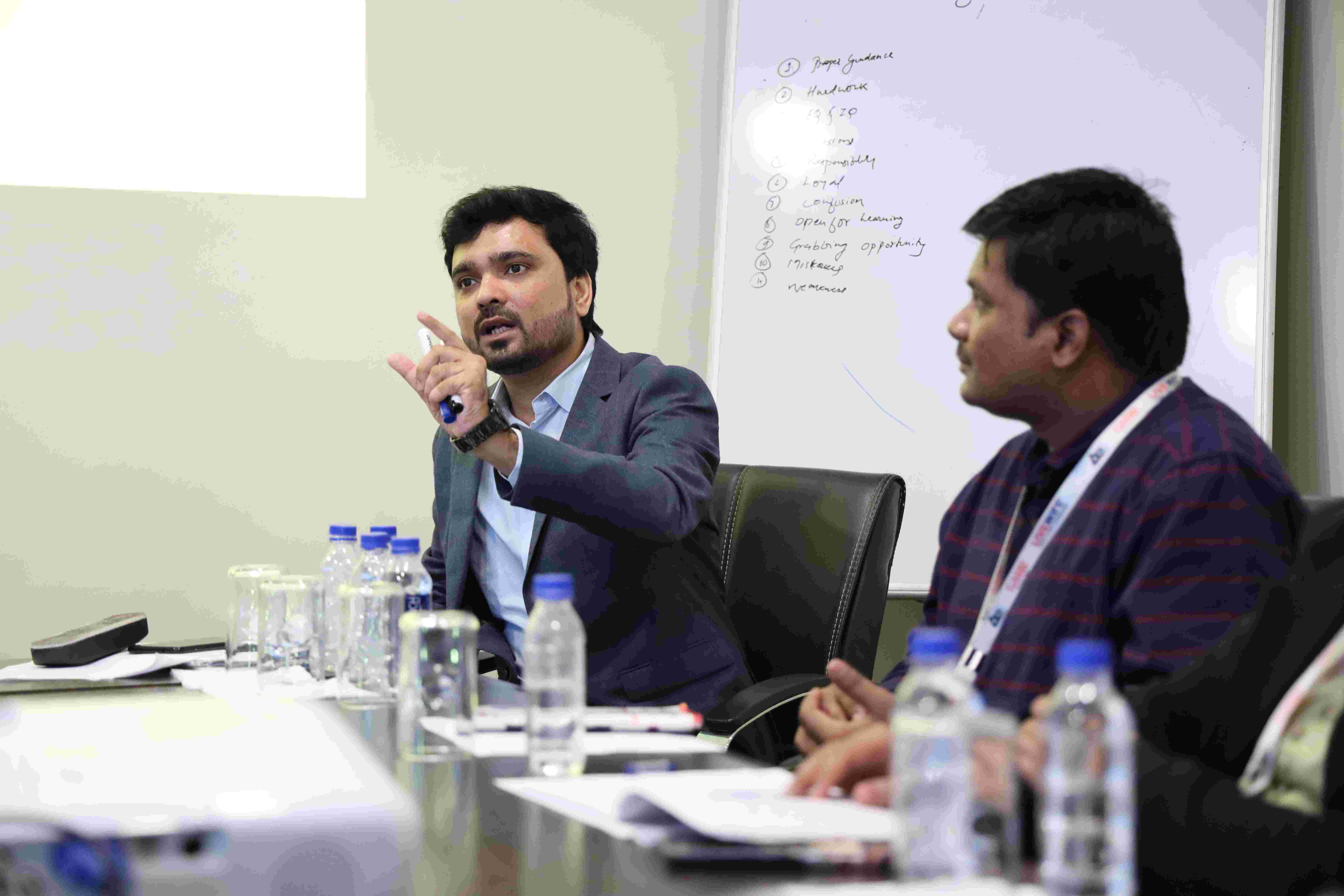
Navigating the Storm: Strategies for Dealing with Difficult People at Work
Workplace dynamics can be a complex web of personalities, goals, and interactions. While a harmonious team can drive success and satisfaction, encountering difficult people can make the work environment challenging. Whether it’s a demanding boss, a passive-aggressive colleague, or a stubborn team member, dealing with difficult personalities requires finesse, patience, and strategic thinking. Here’s a guide to help you manage these tricky interactions and maintain your professional sanity.
1. Understand the Root of the Behavior
Difficult behaviors often stem from underlying issues. It’s crucial to try to understand the root cause of the problem. Is the person stressed out? Are they feeling undervalued? Sometimes, difficult behavior is a result of personal or professional dissatisfaction. By identifying the cause, you can approach the situation with empathy and potentially address the root problem rather than just the symptoms.
2. Stay Calm and Professional
Emotions can run high in challenging interactions, but it’s essential to maintain your composure. Reacting impulsively or emotionally can escalate the situation. Practice active listening and respond thoughtfully. Keeping a professional demeanor helps prevent conflicts from spiraling and sets a standard for how you expect to be treated.
3. Set Clear Boundaries
Establishing and communicating boundaries is key to maintaining a healthy work environment. Clearly articulate what is acceptable and what is not in terms of behavior and communication. Be firm but respectful in setting these boundaries to protect your own well-being and to foster a more respectful interaction.
4. Use “I” Statements
When addressing issues directly, use “I” statements to express your feelings and concerns without placing blame. For example, instead of saying, “You always interrupt me,” try “I feel frustrated when I’m interrupted during meetings.” This approach helps prevent the other person from becoming defensive and opens the door to constructive dialogue.
5. Focus on Solutions, Not Problems
When conflicts arise, shift the conversation toward finding solutions rather than dwelling on the problem. Collaborate on potential ways to address the issue and improve the situation. Focusing on solutions can help both parties feel invested in resolving the conflict and moving forward.
6. Seek Support When Needed
Sometimes, despite your best efforts, you might need external help to manage a difficult person. This could involve speaking with a supervisor, HR representative, or a mediator. Having a third party involved can provide additional perspective and facilitate a resolution that might be challenging to achieve on your own.
7. Document Interactions
Keep a record of problematic interactions and any steps you’ve taken to address them. Documentation can be crucial if the situation escalates or if you need to involve higher-ups. Accurate records provide evidence of your efforts to handle the situation professionally and can support your case if formal action becomes necessary.
8. Develop Your Emotional Intelligence
Improving your emotional intelligence (EQ) can greatly enhance your ability to navigate difficult interactions. Developing skills such as empathy, self-regulation, and effective communication can help you manage stress, understand others’ perspectives, and handle challenging situations more gracefully.
9. Know When to Walk Away
In some cases, despite your best efforts, it may not be possible to change the dynamics. Recognize when it’s time to step back and disengage. Prioritize your mental health and consider if it might be necessary to discuss a transfer or seek other opportunities within or outside the organization.
10. Reflect and Learn
After dealing with a difficult person, take time to reflect on what worked and what didn’t. Consider how you might handle similar situations in the future and identify any personal growth opportunities. Continuous learning and self-improvement can make you more adept at managing challenging interactions.
Conclusion
Dealing with difficult people at work is never easy, but it’s an inevitable part of professional life. By approaching these situations with a calm, strategic mindset and leveraging effective communication techniques, you can navigate the storm and maintain a productive and respectful work environment. Remember, how you handle these challenges not only impacts your current situation but also contributes to your long-term professional development.
Dealing with difficult individuals in the workplace requires a composed and strategic approach, utilizing effective communication techniques to uphold a productive and respectful work atmosphere. How you navigate these challenges influences both your immediate circumstances and long-term professional growth.

